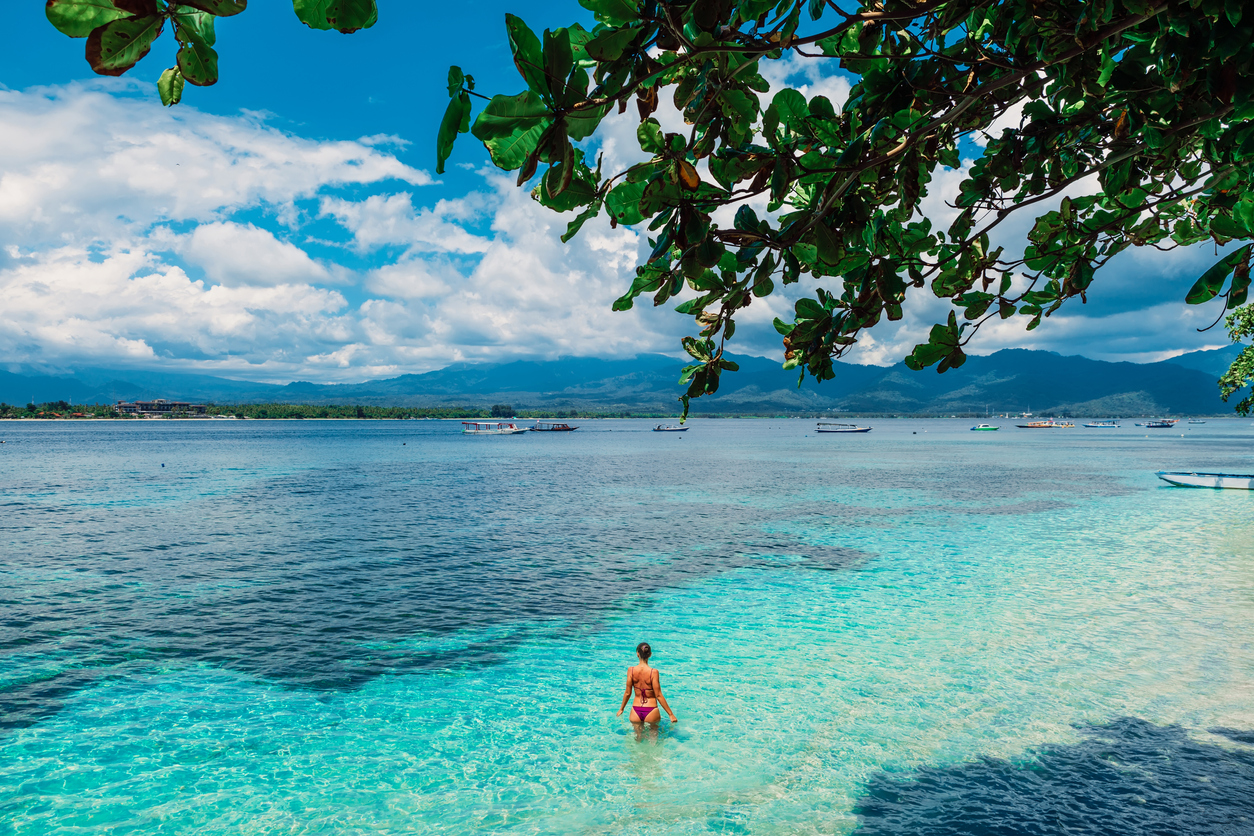Geography and Demographics: Windward Islands
/aerial-shot-of-cruz-bay-st-john-in-us-virgin-islands-165581255-58dea04e3df78c5162cf9584.jpg)
The Windward Islands are a group of islands in the Lesser Antilles, located in the eastern Caribbean Sea. They are situated between the islands of Guadeloupe and Trinidad and Tobago, and form part of the Lesser Antilles island arc. The islands are divided into two groups: the Northern Windward Islands and the Southern Windward Islands.
The Northern Windward Islands include the islands of Dominica, Martinique, Saint Lucia, Saint Vincent and the Grenadines, and Barbados. The Southern Windward Islands include the islands of Grenada, Carriacou, and Petite Martinique.
The total population of the Windward Islands is approximately 1.5 million people. The population density varies from island to island, with the most densely populated islands being Barbados and Saint Lucia. The majority of the population lives in urban areas, with the largest cities being Bridgetown (Barbados), Castries (Saint Lucia), and Kingstown (Saint Vincent and the Grenadines).
History and Culture
The Windward Islands boast a rich and diverse history and culture, shaped by a blend of indigenous traditions, European colonization, and African influences.
Major Historical Events and Milestones
- Pre-Columbian Era: The Windward Islands were inhabited by indigenous peoples, primarily the Kalinago and Taíno.
- 1493: Christopher Columbus arrived in the Windward Islands, marking the beginning of European colonization.
- 16th-18th Centuries: The islands became a hub for European powers, including Spain, France, and England, who fought for control.
- 1763: The Treaty of Paris granted Britain control over most of the Windward Islands.
- 1834: Slavery was abolished throughout the British Empire, including the Windward Islands.
- 1967: The Windward Islands became associated states of the United Kingdom.
Cultural Diversity
The Windward Islands are home to a vibrant blend of cultures, reflecting their diverse history and population. Each island has its own unique traditions and customs.
Indigenous Influences
- Music and Dance: Traditional music and dance forms, such as the Big Drum and Quadrille, have strong indigenous roots.
- Crafts and Art: Indigenous crafts, including basket weaving and pottery, showcase intricate designs and techniques.
European Influences
- Language: English, French, and Spanish are widely spoken in the Windward Islands, reflecting the colonial legacy.
- Architecture: Colonial-era buildings, such as churches and plantation houses, are common throughout the islands.
African Influences
- Religion: Rastafarianism and Obeah, a blend of African and Christian beliefs, are practiced in the Windward Islands.
- Cuisine: Local cuisine incorporates African ingredients and flavors, such as callaloo and plantains.
European Colonization and Its Lasting Impact, Windward islands
European colonization had a profound impact on the Windward Islands, shaping their societies, economies, and cultures.
- Plantation Economy: The islands were transformed into plantation economies, with sugar and bananas as major crops.
- Slave Trade: Millions of Africans were brought to the islands as slaves to work on the plantations.
- Political and Social Structures: European powers established their own political and social systems, which continue to influence the islands today.
Economy and Tourism

The Windward Islands boast a diverse economy with major industries in agriculture, tourism, and manufacturing. Agriculture remains the mainstay, with bananas, cocoa, and spices being the primary crops. Tourism has emerged as a significant economic driver, with the islands’ stunning beaches, lush rainforests, and rich cultural heritage attracting visitors from around the globe.
Agriculture
Agriculture is the backbone of the Windward Islands’ economy, providing employment and income for a large portion of the population. The fertile volcanic soils and tropical climate support a wide range of crops, including bananas, cocoa, nutmeg, cloves, and cinnamon. These crops are primarily exported to markets in Europe and North America.
Tourism
Tourism has become increasingly important to the Windward Islands’ economy in recent years. The islands’ pristine beaches, crystal-clear waters, and lush rainforests offer a unique and unforgettable vacation experience. Popular tourist destinations include the Pitons in Saint Lucia, the Boiling Lake in Dominica, and the Grand Etang National Park in Grenada.
Challenges and Opportunities for Sustainable Development
The Windward Islands face both challenges and opportunities for sustainable development. Climate change poses a significant threat to the islands’ coastal ecosystems and agricultural productivity. However, the islands also have the potential to develop renewable energy sources, such as solar and geothermal, and to promote sustainable tourism practices. By embracing these opportunities, the Windward Islands can ensure a prosperous and sustainable future.
Di Windward Islands, dem islands weh deh pon di east side ah di Caribbean Sea, dem always ah get breeze and rain from di Atlantic Ocean. But when Hurricane Beryl come through, di path weh it tek show dat di storm strong.
Yuh can check out di path of hurricane beryl fi si fi yuhself how it move. Di storm pass through di islands, bringin heavy rain and wind, and leavin plenty damage behind. Even though di Windward Islands tough, dem still need time fi recover from di hurricane.
Di Windward Islands be a group a islands in di Caribbean Sea. Barbados be one a dem islands. In 2018, Barbados get hit by Hurricane Beryl. Read more about Beryl in Barbados. Di hurricane cause a lot a damage to di island, but di people a Barbados come together to rebuild.
Today, Barbados is back on its feet and is once again a popular tourist destination. Di Windward Islands be a beautiful place to visit, with stunning beaches, lush rainforests, and friendly people.